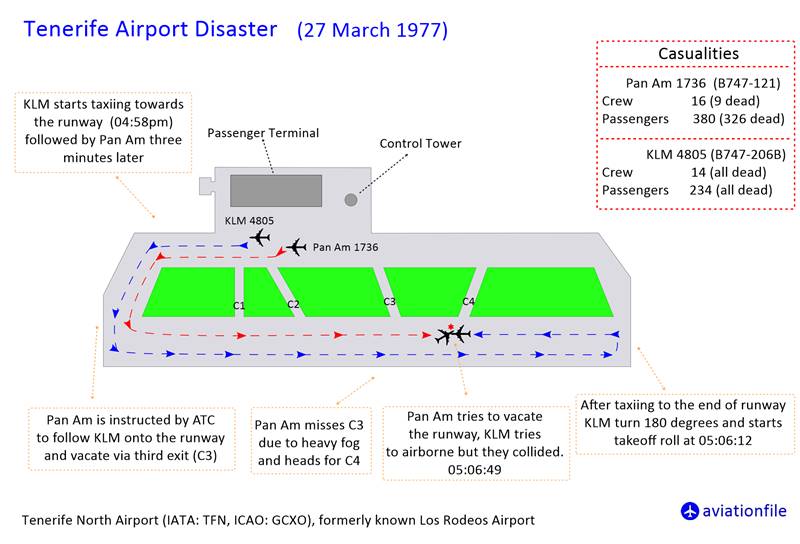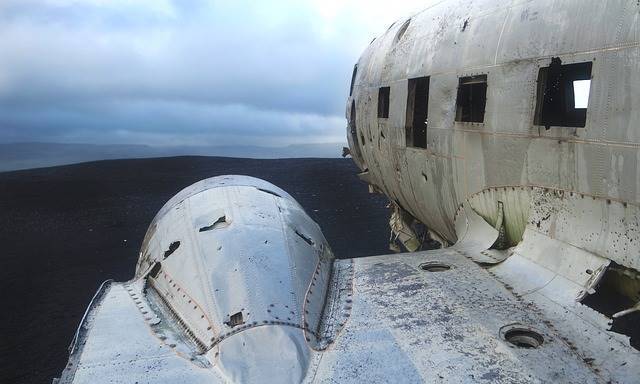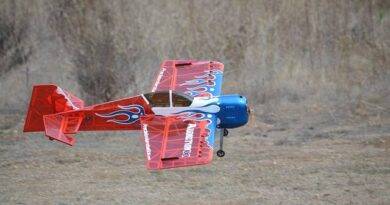Deadliest Aviation Accidents of All Time: A Tragic History
Aviation accidents have, unfortunately, claimed many lives throughout history. From catastrophic plane crashes to devastating mid-air collisions, these incidents have left an indelible mark on the aviation industry. In this article, we will explore some of the deadliest aviation accidents of all time, highlighting the profound impact they have had on the development of aviation safety measures.
Tenerife Airport Disaster: The Deadliest Plane Crash
The Tenerife Airport Disaster of 1977 remains the deadliest aviation accident to date. It occurred when two Boeing 747 planes collided on the runway at Los Rodeos Airport in the Canary Islands. With a staggering death toll of 583 people, this incident shocked the world and led to significant improvements in air traffic control procedures and pilot communication.

Japan Airlines Flight 123: Tragedy in the Skies
In 1985, Japan Airlines Flight 123 suffered a catastrophic loss of control and crashed into Mount Osutaka, Japan. With 520 fatalities, it stands as the deadliest single-aircraft accident in history. Investigations revealed a faulty repair performed seven years earlier, leading to a rupture in the tail section. This accident prompted comprehensive checks and stricter maintenance regulations in the industry.
Charkhi Dadri Mid-Air Collision: A Terrifying Encounter
The Charkhi Dadri Mid-Air Collision occurred in 1996, involving a Saudia Boeing 747 and a Kazakhstan Airlines Ilyushin Il-76 over the village of Charkhi Dadri, India. The collision resulted in the deaths of all 349 people on board both aircraft, making it the deadliest mid-air collision ever recorded. Following this tragedy, aviation authorities implemented improved radar systems and introduced mandatory collision avoidance measures.
Malaysia Airlines Flight 17: Targeted Tragedy
In 2014, Malaysia Airlines Flight 17 was shot down by a surface-to-air missile while flying over eastern Ukraine. All 298 passengers and crew members lost their lives in this tragic incident. The event highlighted the need for stricter regulations regarding airspace restrictions in conflict zones, leading to improved guidelines and coordination among aviation authorities during times of geopolitical unrest.
American Airlines Flight 191: Engine Failure Catastrophe
American Airlines Flight 191 faced a catastrophic accident in 1979, shortly after takeoff from Chicago’s O’Hare International Airport. The left engine detached, causing the aircraft to roll and crash, claiming the lives of all 271 people on board and two individuals on the ground. This disaster significantly influenced aviation safety standards, prompting enhanced maintenance protocols and inspection procedures.
Conclusion:
These deadliest aviation accidents have left an indescribable impact on the aviation industry, prompting significant improvements in safety protocols, maintenance procedures, air traffic control, and pilot training. Through a relentless pursuit of enhanced safety measures, the industry continues to learn from these tragic events to ensure that aviation remains one of the safest modes of transportation.
References:
Tenerife Airport Disaster – https://www.planecrashinfo.com/1977/1977-13.html
Japan Airlines Flight 123 – https://www.planecrashinfo.com/1985/1985-51.html
Charkhi Dadri Mid-Air Collision – https://www.planecrashinfo.com/1996/1996-16.html
Malaysia Airlines Flight 17 – https://www.planecrashinfo.com/2014/2014-46.html
American Airlines Flight 191 – https://www.planecrashinfo.com/1979/1979-53.html



